The 100 number square is a handy versatile tool that can support a wide range of mathematical activities. A great visual resource to help pupils to discover number patterns, build confidence, independence, and improve mathematical skills.
In this blog we explore the 100 square and highlight some of the most loved activities from teachers that you can add to your teaching toolkit.
So, let’s get started.
What is a 100 square?
A 100 Square or number square is a grid arranged in a 10 x 10 format containing numbers either from 1 to 100 or 0 to 99. The advantage of this is numbers with the same one’s digit are presented in the same column and also with the 0 to 99 Square, numbers with the same tens digit appear in the same row.
The 100 Square can be used with all pupils and is a useful concrete maths resource to support mathematical thinking and reasoning. A perfect way to learn how to count up to 100 and for younger children to develop understanding of number. Encourage older pupils to find patterns, learn times tables and use strategies to solve problems and understand calculations. The 100 Square is familiar to many as they are the basis for games such as Snakes and Ladders. This familiarity makes them less daunting to those who find numeracy tricky.
It is cost effective and can easily be printed as is, laminated or used on the interactive whiteboard.
Download our FREE 100 square grid – blank hundred square and numbered hundred square here.
Benefits of using a 100 square
The 100 square is great for:
- Teaching counting to and across 100 and identifying numbers.
- Recognising number patterns and sequences.
- Being able to add and subtract numbers quickly by learning strategies and building confidence.
- Using as a visual aid to help learn multiplication facts.
- Helping pupils to visualise and understand mathematical problems.
- Fun games. Watch children engage with numbers and enjoy learning.
What can the 100 Square be used for?
There are many ways to use the 100 Square. They are a great way to encourage number talk and reasoning. Use with the whole-class as an interactive teaching tool to demonstrate strategies and explore patterns. Or for group and independent tasks to help build confidence and understanding. Here are some favourite ways to use the 100 Square:
Counting and Number Recognition
One of the ways to use a 100 Square is to support with counting and number recognition. By visually displaying numbers in sequence children can easily identify and learn numbers. You can get pupils to point to specific numbers, count in sequences, or fill in missing numbers in a partially completed grid.
Count Forwards and Backwards
Start with any given number and practise counting forwards and backwards. This activity helps pupils understand number sequences and ordering.
Number Hunt
Say a number and see how quickly the children can find it on the number grid. You could also show the numbers in words so that pupils become familiar with the spelling of written numbers. Also explore and find all the numbers containing a certain digit and look for patterns and discuss the numbers found.

Cover-up
Cover up one or more squares using counters. The child has to guess which numbers are hidden under the counter/s.
Missing numbers
Draw pieces of the 100 square on the blank side with only some of the numbers filled in. Children think about the numbers and the patterns to fill in the empty spaces.
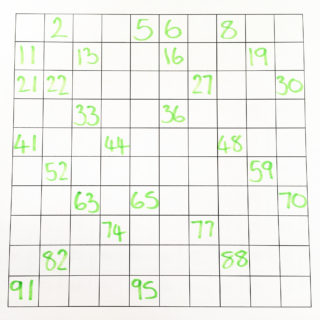
Exploring Number Patterns
The 100 Square is a great way to highlight patterns such as odd and even numbers and multiples of a specific number. This visual representation helps pupils to predict and continue sequences.
Odds/Evens
Colour or highlight all the odd or even numbers and establish the rule for recognising them. Investigate what number you get when you add two even numbers, or two odd numbers, or an even number added to an odd number.
Multiples
Counting in twos, fives and tens and colouring the number sequences and noticing the patterns. Encourage daily counting in different multiples counting forwards and backwards. Recognise links between times tables, for instance, when counting the eight times tables noticing the connection with the two times tables and four times tables.
Patterns
Cover the multiples of 2, 3, 5 and 10 etc (one multiple at a time).
Use the patterns to predict which numbers will be in the sequence.
Calculation Practice
A 100 Square is a wonderful tool for practising addition and subtraction. For example, pupils can be asked to add or subtract by moving horizontally and vertically on the grid. This method provides a visual representation of how numbers relate to each other and helps pupils to be able to work out calculations confidently and independently.
More or Less
Use the 100 Square to clearly demonstrate what happens to numbers when you add or subtract 1 or 10 from a given number. When the pupils are confident with this use this knowledge to quickly work out other calculations like adding or subtracting 9 or 11, by adding or subtracting 10 first and then adjusting.
Adding and subtracting 10
Add or subtract 10 from any number. What is happening to the number each time? (The units will stay the same and the 10s will increase or decrease by 10.) After some practise children will be able to go down the columns to add 10 and up the columns to subtract 10. Therefore, they will need to find this out by counting along 10 at first.
Digit sums
Use counters to cover numbers on the hundred square whose digits add up to 10. Explain the patterns that you notice. Use a different colour counter to cover numbers whose digits add up to 9, 8, 7 etc. Can you explain what is happening each time?
Finding 100
Find pairs of numbers on the hundred square that total 100. How many different pairs can you find? Which two numbers do not have a partner?
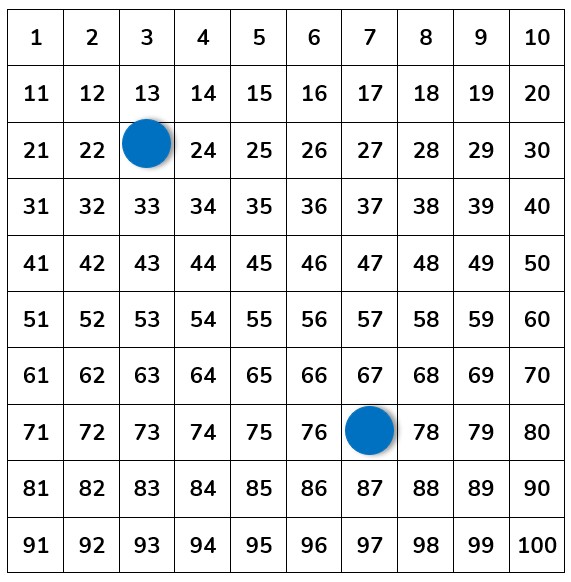
Developing Problem-Solving Skills
The 100 Square can be used to develop problem-solving skills and pupils will enjoy investigating numbers. Pose challenges like finding the sum of a row or column. Encourage children to think critically and develop strategies to solve problems.
Jigsaw
Cut up a 100 Square in different ways. How quickly can the pupils put them back together?
Present different sections of the 100 grid with some numbers filled in and others blank. Can the pupils fill in the missing numbers and explain how they know what numbers go where. Different parts of the 100 square can be chosen at random.
Squares
Highlight a 2 by 2 square.
What do you notice? Is it always the same? Add the numbers in opposite corners.
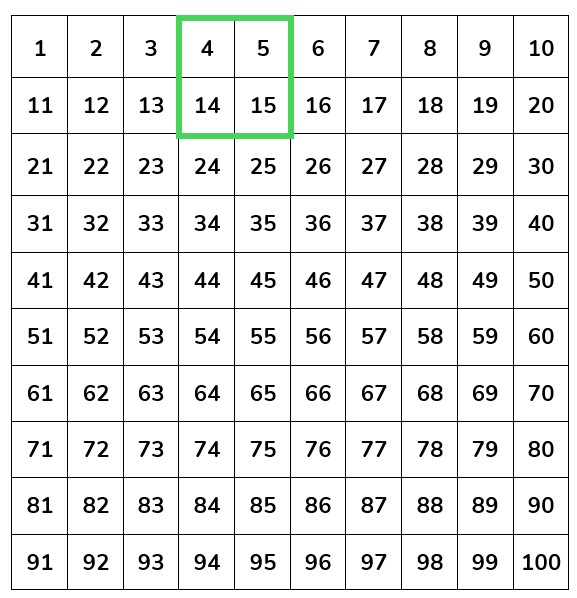
Games and Puzzles
There are many fun activities for using the 100 Square such as:
Mystery Number/What’s My Number?
Choose a number secretly and give clues for the children to guess. For example, I am thinking of a number. It is less than…. It is an odd number. Play 20 questions.
Can you get back to number 1?
Start on a single digit number. If the number is odd, then double it and add 10. If the number is even half, it and add 1. Is it possible to get back to 1?
Adding or subtracting game
Use the 100 square as a ‘snakes and ladders’ type board.
Roll a dice, say the number, count the squares and move your counter. Or use two dice, add the numbers and move your counter. So, either move from 1-100 by adding or from 100-1 by taking away.
Race to the target
Use a blank 100 square. Time how long it takes to fill in the numbers. Begin up to 20, 30 or 50. Repeat to see if they can improve on their time.
Counter collect
Cover the numbers on the square with counters. Throw two 0 – 9 dice and make a 2-digit number. Which number is hidden under the counter? If you are right, keep the counter. If you are wrong, put the counter back down. How many counters can you collect in 5 or 10 minutes? Play again and try to beat your record.
Tallest Tower
Build towers. Who can build the tallest tower? When the tower topples count up the bricks used and find the number on the 100 grid. Try to beat own and other’s scores.
Other ideas to try
What fraction/decimal/percentage is shaded?
Use a blank 100 Square and either the teacher or pupil colours or shades a section. What amount is shaded as a fraction/decimal/percentage? What part is unshaded? Each 100 Square represents one whole. Use the 100 Square to help complete questions like, 0.2 + ___ = 1
Times Tables
Adapt by choosing different times tables. Highlight all multiples of the times table. Pupils explain the patterns e.g. its diagonal/all of the digits add up to 9.
Taking the 100 Square Outside
Chalkboard 100 Square
Have fun and take maths outside. Fix a large scale outdoor hundred square to a wall or fence in the school grounds or get children to draw one out in chalk on the playground. Great for practical outdoor interactive maths activities and games. You may like to try this Outdoor Hundred Square Chalkboard.
It features a grid with numbers 1-100, available in either ascending or descending format. Providing a visual representation of numbers 1-100 to help embed and master early maths concepts in your outdoor area. The robust chalkboard is ideal for a range of activities, from counting and mark making to number games and patterning.
Or try the Write on Vinyl Hundred Squares.
Wipe-clean 100 Square
These great value wipe-clean hundred squares are ideal for exploring number, patterns and sequences both outdoors and in. Available in descending and ascending numbers they also enable children to understand ordinal numbers in different ways.
Having a hundred square as a visual aid outside will help develop children’s understanding of number and counting. Children can enjoy many outdoor activities such as collecting pinecones, count them and find and mark the number collected on the number grid. Create your own nature number hunt and have fun being outside. Other activities could include using coloured chalk to create patterns and sequences on the board or using it as a game board with dice and markers.
Outdoor 100 Mat with chunky dice is ideal for outdoor activity ideas.
Hundred Square – Handy 100 squares available in packs of six with either teacher or child option. These are made from durable laminated material and suitable for repeated use. They are double-sided with pre-printed numbers on one side and a blank grid on the other to allow for plenty of teaching ideas.
The 100 square is a practical resource and can be used for maths activities and games both inside and outside.
In conclusion
Used indoors or outdoors the 100 Square provides a great visual aid. A hands-on way for children to engage with numbers and develop mathematical thinking. The resource can be used in a number of ways and pupils will enjoy making up their own challenges and games.
If you have any brilliant ideas for using the 100 Square and would like to share them with us, we’d love to hear from you.
Updated and revised by Rachel Betteridge. Rachel is our primary curriculum content editor. She is a qualified teacher with 26 valuable years’ experience, teaching from Early Years to Year 6.
Check out our blog article on 10 top ways to tackle times tables here.
Find out how to unlock the power of Bar Modelling in the this blog article here.
Read more about Maths Mastery and Fraction action along with free downloads here.

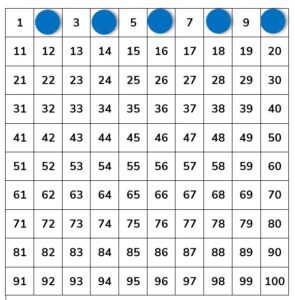
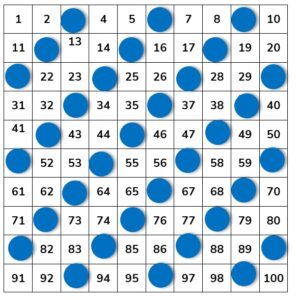
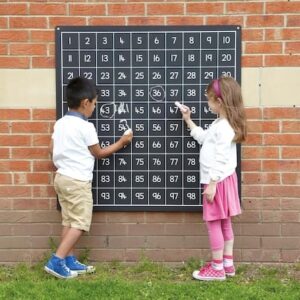
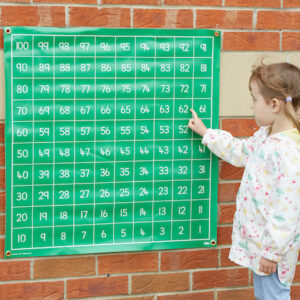
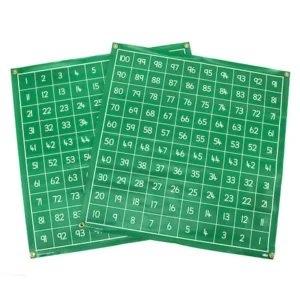
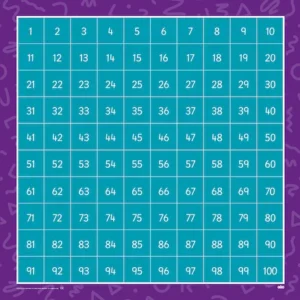
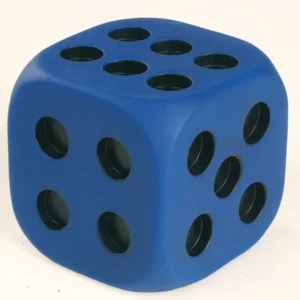
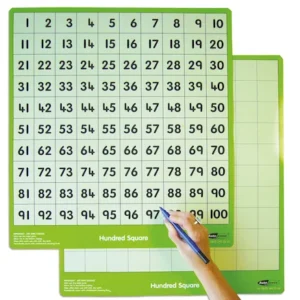
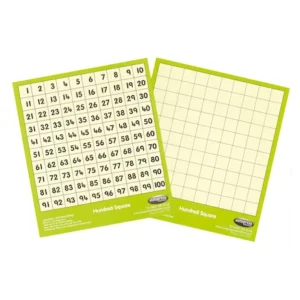
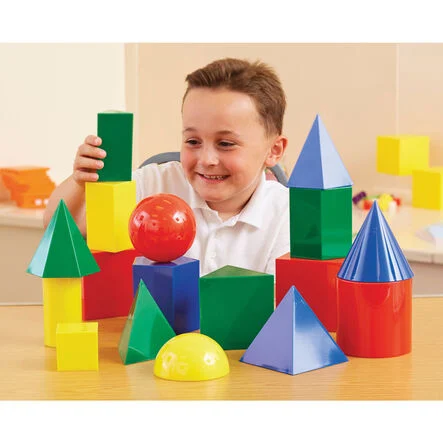
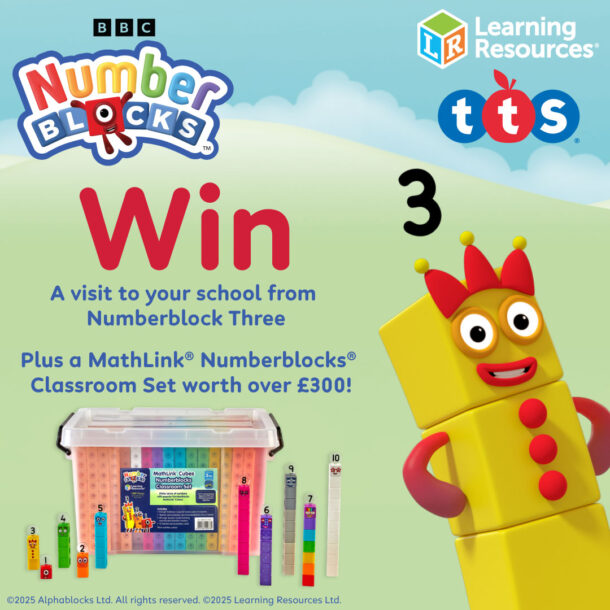
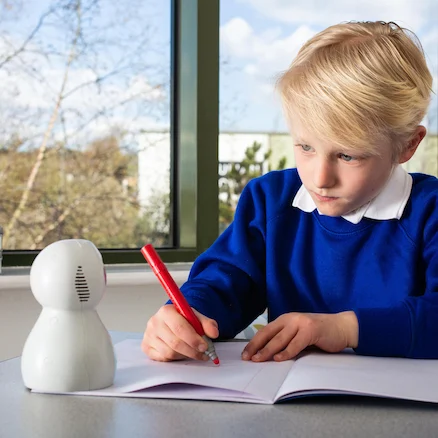
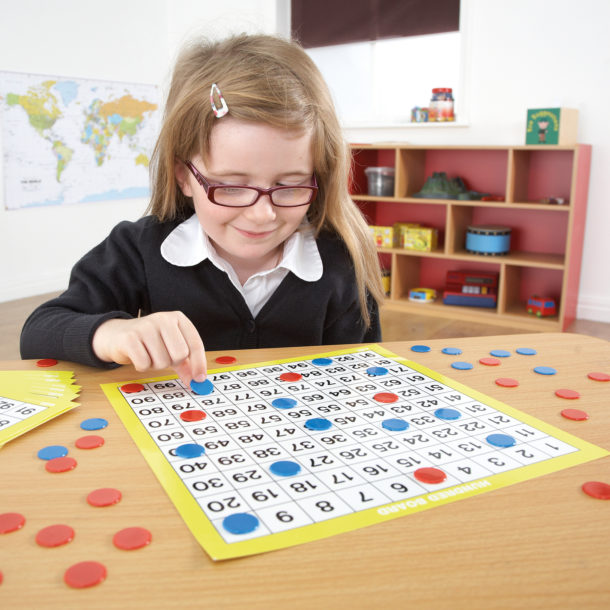
Thank you for letting us know about the 98 twice! We will get it changed in Tuesday 🙂